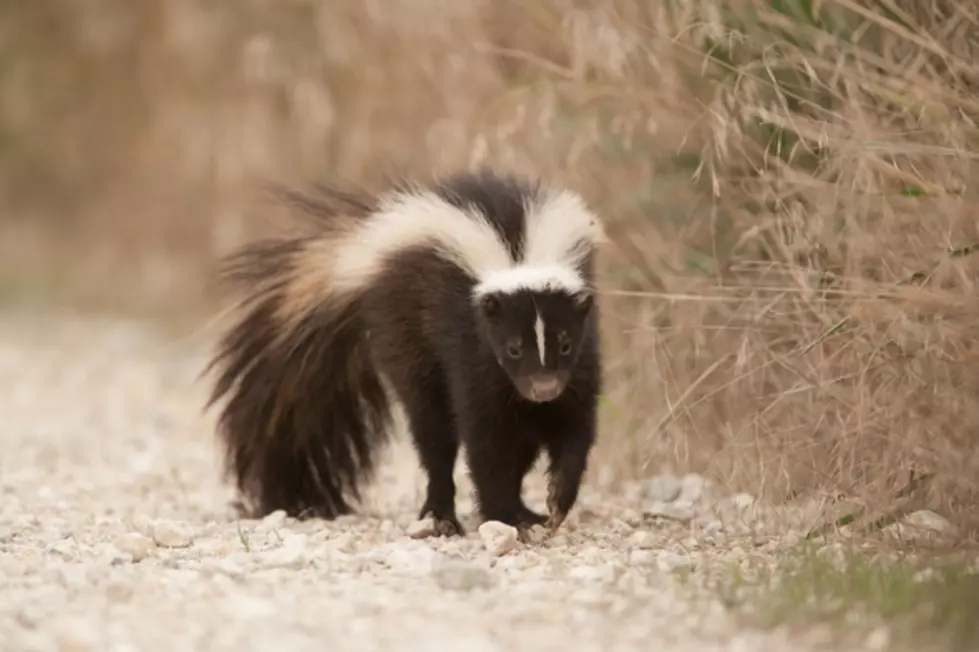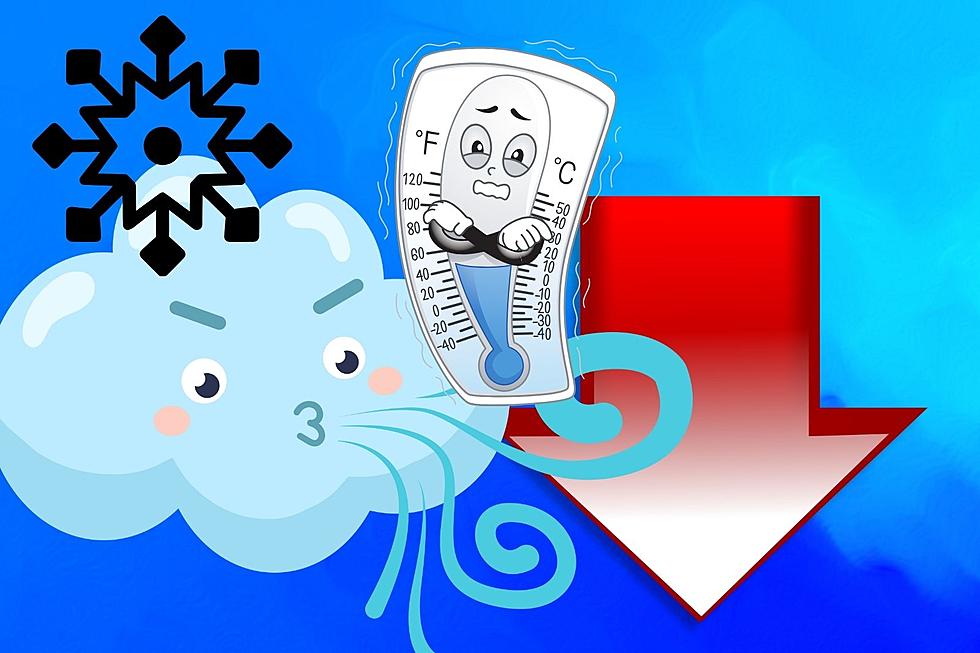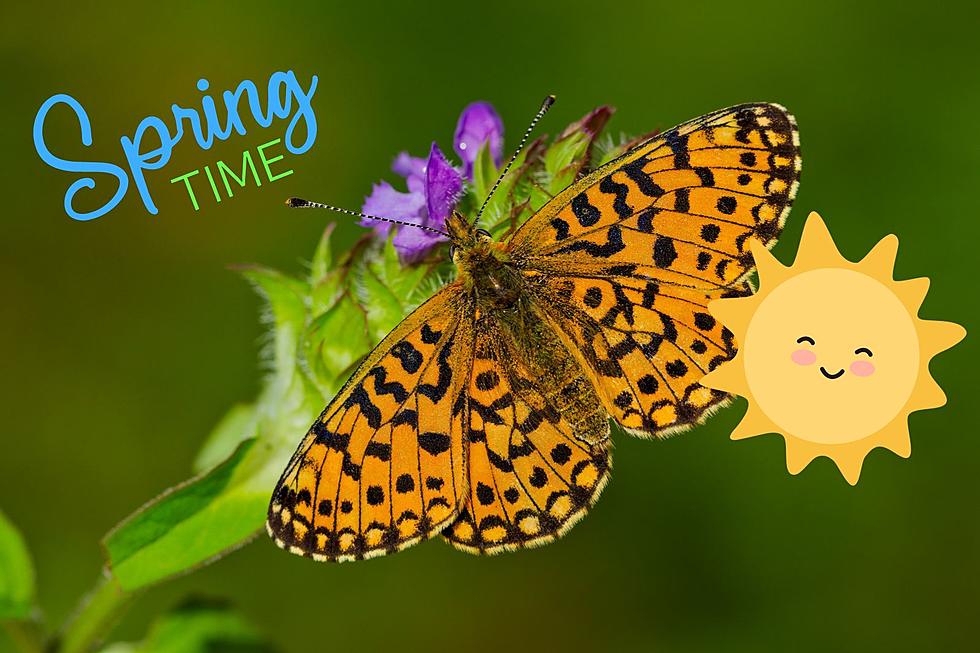
Pepe Le Pew is in the News
August marks a time of change not only for humans, but wildlife as well. Children head back to the classrooms for a new school year and in the wild, it’s time for young skunks to strike out on their own. The Missouri Department of Conservation (MDC) encourages people to discover nature by learning more about Missouri’s smelliest mammal.
Pioneers called this small black and white animal a polecat, but the Algonquin Indians gave it the name everyone uses today—skunk.
The skunk’s reputation precedes it, and so can its smell. Though the skunk itself is a clean animal with little body odor, it is able to produce an incredibly foul scent that is long-lasting and distinct. The scent-producing glands are under the skunk’s tail, and by using muscle control, the skunk can accurately shoot its oil-based musk up to 10 feet.
Prior to spraying, skunks usually warn intruders by stamping their feet and holding their tails high in the air. A skunk will also hiss, growl, or click its teeth together. Despite all the warnings, some animals entice the skunk to spray. Large owls, coyotes, badgers, foxes, and bobcats will occasionally attack skunks. But in the long run, skunks are not commonly preyed upon because of their ability to retaliate with smell.
Skunk litters are born from early May to early June. In August, the young skunks begin to venture out under the watchful eye of their mother. As it gets colder in late autumn, more time is spent in dens. When it’s near freezing, skunks become drowsy and sleep intermittently, but they do not truly hibernate.
Despite the skunk’s smelly reputation, the animals are good mousers and help control insects. They are interesting and valuable members of a farm wildlife community. This Missouri mammal is more than meets the eye, or rather, nose.
Learn more about Missouri’s smelliest critter in MDC’s online Field Guide at: http://on.mo.gov/2aU3boX.
More From KIX 105.7









